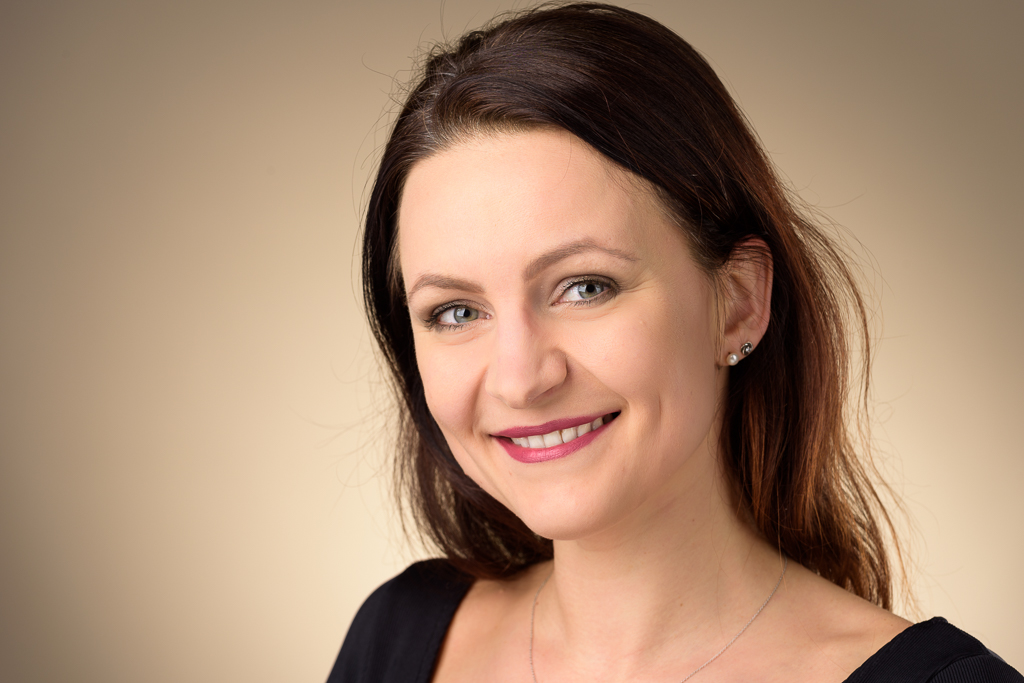It is and I think this is purely down to Peter Hurley tbh. Peter, by his own admission is not a technical person - he shot headshots purely using the north facing window light he just happened to have in his first studio for years, and then wanted something to replicate this "look" with, on location. He started to use Kinoflo tubes - ie lighting gear used on movie sets, and these worked for him. His skillset was not primarily in lighting, but in the rapport he builds with his clients. He's an exceptional headshot photographer, and became well known. He got hired by education and training outfits like Kelby One and went on to write a book on headshots, and found his own Headshot Academy - the "Headshot Crew". It's a bit cult-like tbh and his followers will do whatever he does. I listened in on eof his "free" sessions once, and he spent most of them time selling kit he had his name on, and his education programme. Westcott who were already marketing the Flex Panels to the movie industry, approached Hurley and persuaded him to try their panels. Of course they worked just as well as the tubes and were a whole lot more portable. He put his name on a four panel kit.
https://www.fotodeals.co.uk/westcott-peter-hurley-4-light-flex-kit-7537-ag
Yes you read that right: 4 panels (and some tat) for £6200 actual Earth pounds.
Take a look at this review from fstoppers where they claim it is "the best light kit we have ever used":-
View: https://www.youtube.com/watch?v=3dso5xilIdY
"I am standing in front of these 4 panels at full power right now and I have a headache. They are so bright" - a big downside for continuous lights - it's very uncomfortable for the client.
Meanwhile, the screen shows the exposure for the camera: 1/30th of a second, f/8 at Iso 100. So - not very much light at all then really. You could shoot at 1/120th. and f/4 I suppose, but that's still a bit slow to guarantee sharp shots of human subjects. Or just make the room darker and crank the gain up on the sensor - which also amplifies the noise.
Now these are genuinely useful in the movie industry - and you can see some of that utility on the FotoDeals webpage above, sticking them to the sunblinds in cars for example. But for headshots? Unless you're shooting in a wardrobe, you can bring something bigger into play. Westcott of course, have previous for this sort of thing "from the company that brought you the Ice Light" - an underpowered, over-priced light stick.
However, neither the outrageous price or the technical reasons why they're not that suitable for headshots matters, and to your point Tony: they are used extensively by headshot photographers. Because Peter Hurley uses them. His influence is remarkable.
I use Peter Hurley's triangular light setup for corp headshots - but mine consist of 2 30x120 strip softboxes with 600J lights in them, and a white reflector at the bottom. Same lighting result, just loads more of it, giving very high quality files. Plus my subjects are not blinded at the end of the session

We shot 50 portraits at Barclays Technology Centre Radbroke in one afternoon and collected donations for Comic Relief. A lot of fun getting some fantastic expressions from these beautiful people !
astonstudios.co.uk





